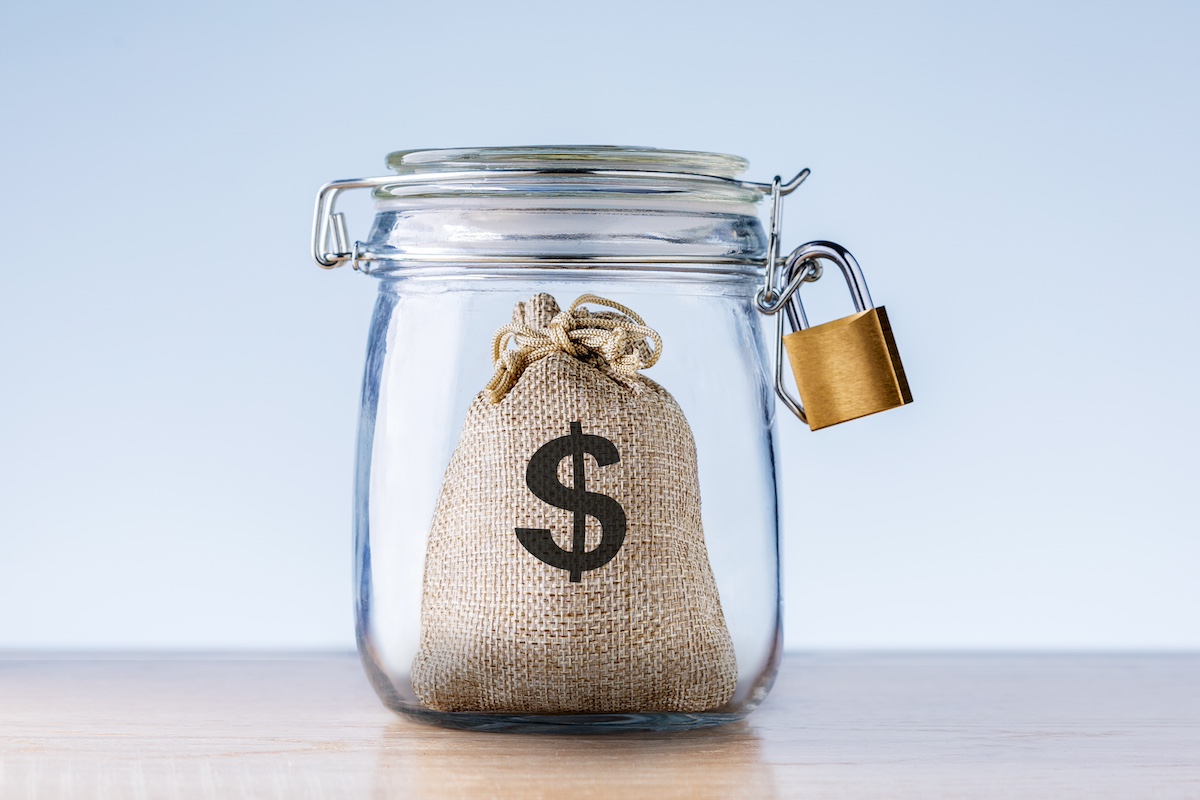




Attorney at Debt Advisors Law Offices
Practice Areas: Chapter 7 Bankruptcy, Chapter 13 Bankruptcy, Stop Foreclosure

Most financial experts recommend an emergency savings fund covering three to six months of expenses. Starting small and building savings after bankruptcy is a practical approach to regaining financial stability. For many, saving large amounts of money immediately after a financial setback seems daunting. However, the key is to begin with manageable steps. Initiating the savings journey with small, consistent contributions can make the process less overwhelming. Even modest amounts set aside regularly can grow over time, creating a significant financial buffer. This approach allows individuals to adjust their budget and spending habits gradually without feeling strained. It also fosters a habit of saving, which is critical for long-term financial health. As savings grow, so does confidence in managing finances, providing a solid foundation for future financial planning and security.
Budgeting basics for allocating funds to emergency savings involve a structured financial management approach. Post-bankruptcy, it becomes imperative to establish a budget that prioritizes saving. The first step is to assess monthly income and expenses thoroughly. This assessment allows for a clear understanding of how much money can be realistically directed towards savings each month. It’s important to treat emergency savings as a non-negotiable expense, like rent or utilities. Integrating savings into the budget ensures that it receives consistent attention. Adjustments in spending may be necessary, focusing on reducing non-essential expenses to free up more funds for savings. Additionally, diligently tracking expenses helps identify areas where spending can be minimized.
Overcoming psychological barriers to saving post-bankruptcy involves addressing the mental challenges that often accompany financial distress. After experiencing bankruptcy, individuals may feel a sense of defeat or skepticism about their ability to manage finances effectively. These feelings can create a mental block against saving, as it might seem futile or overwhelming. It’s important to adopt a positive mindset toward financial recovery to move past these barriers. Setting small, achievable savings goals can help in building confidence.
Celebrating these small victories creates a sense of accomplishment and reinforces the belief that financial recovery is possible. Additionally, educating oneself about financial management can empower individuals, reducing the fear and uncertainty of handling money. It’s also beneficial to create a supportive environment, whether it’s through joining a financial support group or seeking guidance from financial education resources.
Setting realistic savings goals involves a step-by-step process that aligns with one’s financial situation and future objectives. A crucial first step is to evaluate current financial standing. This means taking stock of income, expenses, and any existing debts. Understanding these factors clearly shows how much can be feasibly saved each month.
Next, it’s vital to define specific, measurable goals. Instead of a vague aim like “save more money,” setting a target amount and a timeline makes the goal tangible, for example, “save $1,000 in six months.” This clarity helps in maintaining focus and measuring progress.
The third step is to establish a savings plan. This could involve setting up a separate savings account and scheduling regular transfers from a checking account. Making the process automatic ensures consistency and reduces the temptation to skip contributions.
Finally, monitoring progress and adjusting goals as needed is essential. Life circumstances can change, and so might the ability to save. Regularly reviewing and tweaking the savings plan keeps it realistic and achievable, ensuring that financial goals stay on track.
The role of automatic savings in post-bankruptcy financial planning is significant in establishing a secure financial future. Automatic savings involve setting up a system where a specific amount of money is transferred from a checking account to a savings account at regular intervals. This method ensures that saving becomes a consistent and effortless part of one’s financial routine.
After bankruptcy, when rebuilding credit and financial stability is paramount, automatic savings take the guesswork out of the equation. By automating the process, individuals are less likely to spend the money they intend to save. It removes the temptation and the need for constant discipline, making saving a default action rather than an optional one.
Moreover, automatic savings contribute to building an emergency fund, which acts as a financial buffer against unforeseen expenses that could otherwise lead to debt. This approach helps individuals gradually rebuild their financial health and regain confidence in their ability to manage money effectively. In the context of post-bankruptcy recovery, the convenience and consistency of automatic savings make it a powerful tool for long-term financial stability.
Determining how much to save in an emergency fund is a key aspect of financial planning, especially following bankruptcy. The general guideline suggests saving enough to cover three to six months’ worth of living expenses. This amount provides a substantial cushion to handle unforeseen financial emergencies, such as medical bills, urgent home repairs, or unexpected job loss.
Calculating the ideal size of an emergency fund starts with a thorough evaluation of monthly expenses, including housing, food, utilities, transportation, and other essential costs. This total provides a baseline for understanding the minimum amount needed to sustain oneself without income for a period.
However, individual circumstances greatly influence the exact amount. For someone with a stable job and fewer dependents, three months’ worth of expenses might suffice. In contrast, individuals with fluctuating income or larger families might aim for a larger safety net of six months or more.
It’s also prudent to review and adjust the emergency fund periodically, especially if there are significant changes in income, expenses, or family circumstances. While saving such an amount can seem daunting, especially post-bankruptcy, starting small and steadily building the fund can make this essential financial goal achievable.

Boosting emergency savings can involve creative strategies that go beyond traditional saving methods. These techniques can be particularly useful for individuals rebuilding their finances after bankruptcy.
One effective method is to utilize cashback and rewards programs. Many credit cards and shopping apps offer cashback on purchases, which can be directly funneled into a savings account. This approach turns everyday spending into an opportunity to save.
Another strategy is to implement a ‘save the change’ system. This involves rounding up purchases to the nearest dollar and saving the difference. For example, if a coffee costs $3.50, rounding up to $4.00 means 50 cents goes into savings. Over time, these small amounts can accumulate significantly.
Selling items that are no longer needed or used is another way to generate additional funds. Online marketplaces and garage sales can turn clutter into cash, which can then bolster emergency savings.
Finally, reviewing and cutting non-essential expenses is a straightforward way to free up more money for savings. This might involve reducing subscription services, dining out less, or finding cheaper alternatives for regular expenses.
If you are filing for bankruptcy, contact us or call us at 866-696-6432 today for a free consultation.

Learn about bankruptcy protections, types of bankruptcy, how to get started, what to expect, and who to trust. Filing bankruptcy is the ONLY way to completely eliminate debt. If bankruptcy is right for you, it offers powerful protections that cannot be achieved through alternative solutions such as hardship relief, loans, or debt settlement.